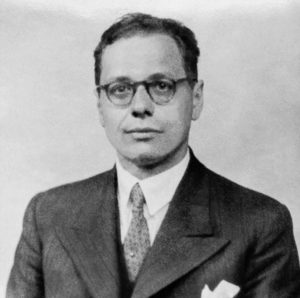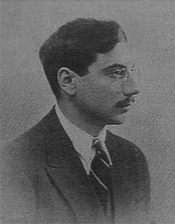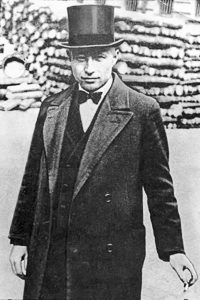The old priest at Saint-Quentin was not an important man in the reckoning of the world. His church was small and unimpressive; only a fairly detailed map showed the village of Saint-Quentin, which was south of Tours, in the Indre-et-Loire. His cassock had seen much better days; he had been a fat man, but now the skin hung loosely under his chin. He was a parish priest of no renown, caring quietly and compassionately for his people. His curing of souls was a leisurely affair; he did not display particular zeal. He lived in a wine district and enjoyed a good bottle over which he would ruminate, without anguish, upon the sins and follies of humanity.

Did You Know?
This is a story told by Philippe de Vomécourt (1902−1964) in his book, An Army of Amateurs. It is just one of thousands of stories about nameless men, women, and children who risked their lives to save downed Allied airmen, Jews, and others from the grasp of the Nazis. Although this story took place in France, stories like it were repeated in all of the occupied countries and even those that were considered “neutral.” These brave people knew the ultimate penalty if they were caught but went ahead because it was the right thing to do. Monsieur de Vomécourt was one of the first leaders of the Special Operations Executive (SOE) F Section. He along with his two brothers, Pierre and Jean, established a réseau (network) in three separate territories of France, including Paris. We first met the Vomécourt brothers in our blog about La Chatte (click here to read the blog).


But the accident of war placed the village of Saint-Quentin just on the northern side of the demarcation line (later, the line was to be redrawn, placing Saint-Quentin in the free zone). The German patrols crunched through the streets. And the old cure, who could have lived out his days pottering about his parish, innocent of involvement in the war, saw a duty that he must perform. He must help people to cross the demarcation line, especially those whose lives were in peril. He must help the Jews; he must help escaping prisoners-of-war and airmen who had been shot down, all who were seeking to evade the Germans. Read More Church Sanctuary


